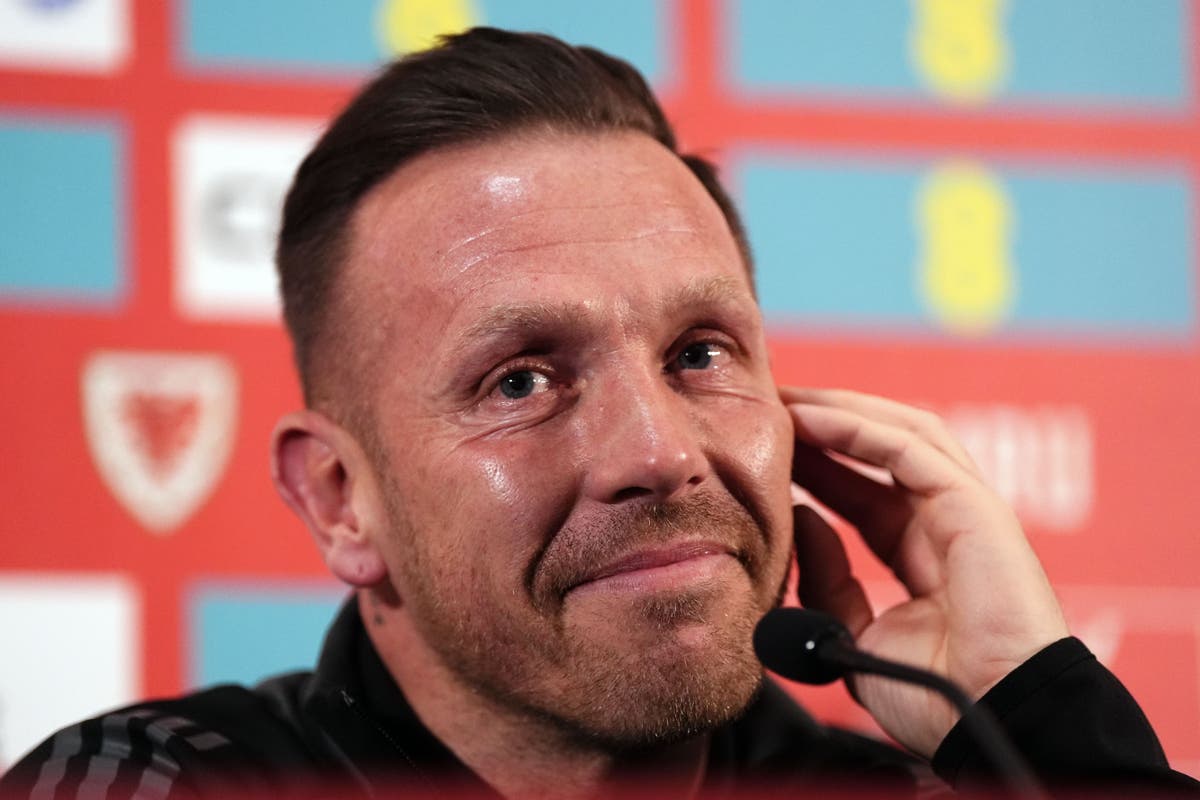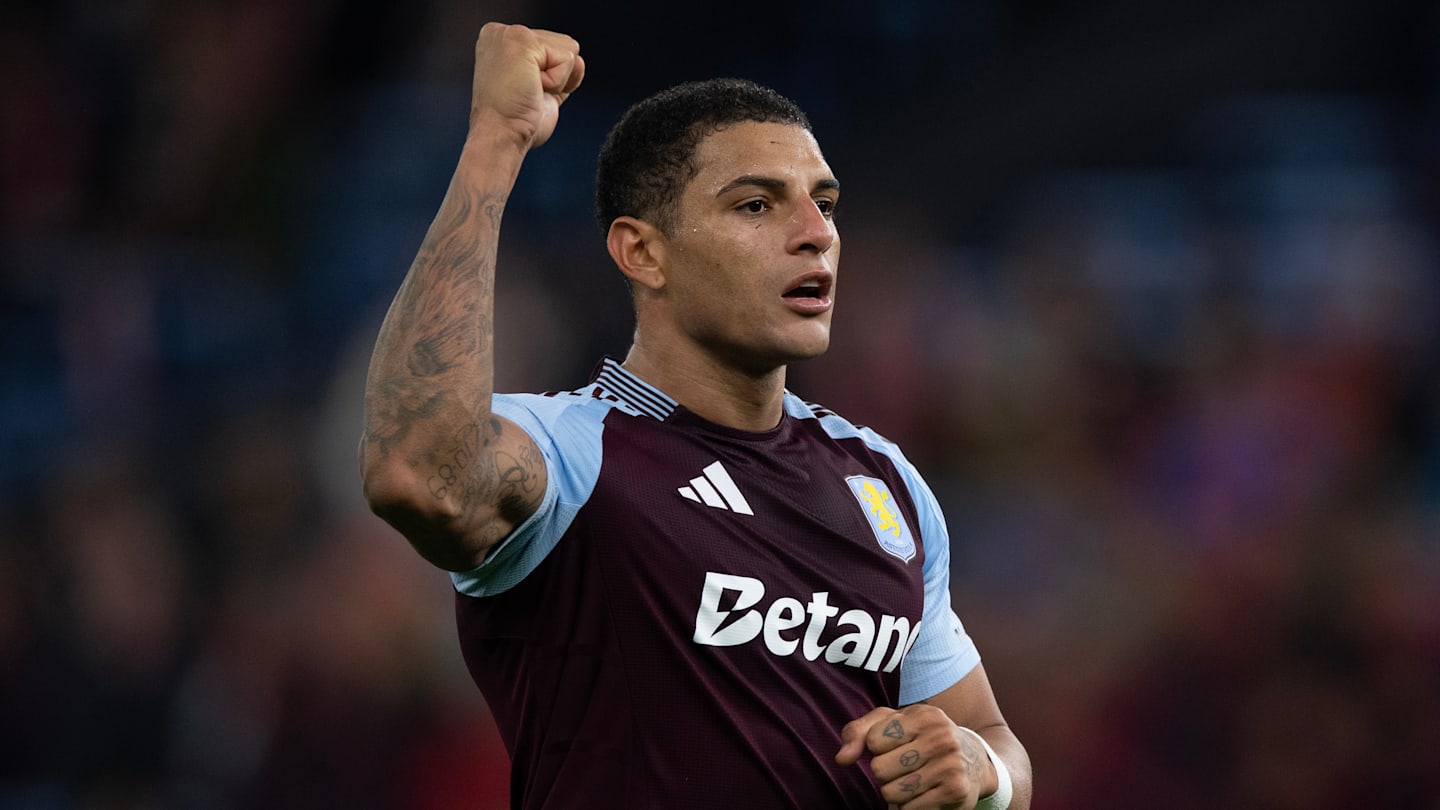Manchester City are about as close to a crisis as they have ever been under Pep Guardiola. But how bad are things really, and what do they need to do to get their season back on track?
Not (quite) top of the Premier League and only in with a chance of winning three competitions this season, Manchester City are a club in crisis.
It’s on the premature side of things to start writing the season off, but this is genuinely the closest in a long time that Pep Guardiola has been to a full-blown crisis at City. Currently on the first run of four consecutive defeats of his managerial career, with City having lost four in a row for the first time since Stuart Pearce was in charge in 2006, there is certainly reason to wonder if the reigning champions are quite the beast they were last term.
They are five points off Liverpool at the top of the table, out of the EFL Cup, and have two wins from four in the UEFA Champions League. During their run of four straight losses, they’ve twice thrown away leads and twice gone two goals down and been unable to recover.
All is not lost, though. Guardiola won’t mind too much that City lost to Tottenham in England’s second cup competition, having earlier this season described the competition as a “waste” of time. The new league-phase format of the Champions League, meanwhile, is so forgiving that City still have four games to make up the two-point deficit to the top eight automatic qualification positions, and the Opta supercomputer still gives them an 87.3% chance of making the knockouts. They remain the favourites to win the competition, too.
Guardiola will find the two Premier League defeats – at Bournemouth and Brighton – far more troubling, but City have overcome bigger gaps at the top of the table than this far later on in the season, and they’ll be well aware that Liverpool will have a blip at some point. With City’s injury problems appearing as though they could subside at least a little when the international break ends, and a return to home comforts this weekend after those four defeats came on the road, there could even be some cause for optimism.
But City face a testing period over the five weeks before Christmas. They face Liverpool, Aston Villa, surprise package Nottingham Forest and rivals Manchester United in December, and before all of those, they face bogey team Tottenham this weekend.
They have only won two of their last five home games against Spurs, who drew 3-3 at the Etihad last season when in the middle of a terrible injury crisis. Ben Davies and Emerson Royal were filling in at centre-back and the now-departed Giovani Lo Celso and Bryan Gil both started in midfield, yet they somehow got a draw at the eventual champions. You could argue that’s a prime example of a bogey team.
So, how can City stop the rot, if we are at the stage where that is what we call it? Here are the main issues plaguing the reigning champions.
A Small Squad
Pep Guardiola has always preferred to operate with a small squad. He doesn’t like having too many players sat warming the bench and not getting enough game time to remain sharp.
“When you have 20 players and six injuries, they say you should have a bigger squad but what happens when I don’t have injuries? How can I manage that?” he said in September last year. “To be effective, you have to be starting regularly.”
There have always been some people who doubt him for this approach, but an unprecedented four successive top-flight English titles suggest he knows what he’s doing. They won the league last season using just 25 players all season – the joint-fewest of all teams in the Premier League – and five of those (James McAtee, Cole Palmer, Aymeric Laporte, Sergio Gómez and Kalvin Phillips) played a combined total of just 160 minutes. Gómez was the only one who spent the whole season at City.
All season – like the season before and the season before that and the season before that – his doubters wondered how City would contend with a proper injury crisis that never materialised. All was well.
But this term, it appears as though their luck ran out.
“If next season I know I will have 7-8 players injured then I need a bigger squad,” Guardiola admitted earlier this month. “It is impossible to fight for titles with such injuries, literally impossible, because human beings have limits.”
You might say he should have planned for this. Some of us pointed out before the season started that City might come to regret not strengthening in certain key positions… but when we did so, we suggested that not buying a back-up striker for Erling Haaland after Julián Alvarez left could be their biggest issue. That has been the least of their worries.

They are down to the bare bones in central midfield without Rodri and given Matheus Nunes is apparently now a winger. In central defence, where they had looked well stocked before the start of the season, Guardiola has been forced to play 19-year-old Jahmai Simpson-Pusey in three of the last four games.
Guardiola has always managed his small squad by rotating frequently, keeping everyone fresh, fit, and sharp by changing his starting lineup consistently, and that has continued this season. In Premier League games, only Ipswich and Bournemouth (27 each) have made more changes to their starting XI than City (26).
But many of those changes haven’t been on his terms. His selections in defence have for a few weeks just been whoever is available, and his subs have routinely included players who aren’t fit enough to come on. Kevin De Bruyne would surely have appeared in the defeat at Bournemouth had he been able to, for example, while Nathan Aké and Manuel Akanji remained on the bench at Brighton despite Simpson-Pusey’s struggles.
Has Guardiola’s preference for a small squad finally come back to bite him?
Overreliance on Haaland
When you have the greatest goalscorer in the world leading the line, things could always be worse than relying on him to, well, score goals, but City have looked too reliant on Haaland of late.
He is the Premier League’s top scorer with 12 goals in 11 games, but after starting the season in breathtaking fashion, with 10 goals in his first five, he now has only two goals in his last six. His goals drying up has naturally coincided with City’s worsening form, which makes sense given they don’t currently have anyone to replace those goals.
At this stage of last season, Haaland had 11 goals in 11 games but was supported by potent attacking players in Alvarez (four goals), Bernardo Silva (three), Phil Foden (three) and Jérémy Doku (two).
This term, City’s highest scorers aside from Haaland are centre-backs Josko Gvardiol (three goals) and John Stones (two goals, both of which were 90th-minute set-piece goals), and defensive midfielder Mateo Kovacic (three goals). De Bruyne, Doku, Foden, Silva, Savinho, Jack Grealish and Ilkay Gündogan have two goals between them.
As well as being City’s second-highest scorer, Kovacic ranks second for shots taken (20), which is surely not the job he was brought in to do. Part of the problem is that most of their attacking midfielders have been struggling with knocks for most of the season, but Bernardo Silva, who has been fit all campaign, has had 17 shots without a goal – the most by any goalless player in the whole league – and that is a concern. Savinho and Foden (15 each, 0 goals) aren’t far behind.
Haaland could do with his support act helping him out a little.
Vulnerability Through the Middle
Losing the best player on the planet (if the Ballon d’Or is your measure) from the heart of your team is always going to be difficult. We already knew how good Rodri is and how important he is to Manchester City, but the last few weeks have only made it more obvious.
City had looked like they might be able to contend without the Spaniard, winning six of their first seven games after he suffered an ACL injury against Arsenal in September, but their soft middle has been exposed time and again in recent weeks.
Even before they lost Rodri for potentially the whole season, however, they had looked far too vulnerable defensively, conceding the opening goal at home to Ipswich and Brentford, and also failing to keep a clean sheet at West Ham.
Most concerning is how easily teams are slicing them open down the middle of the pitch and creating big chances. City’s opponents are creating 39.1% of their chances through the middle third, the second-highest proportion in the whole league behind Tottenham (42.3%).

And City are conceding high-quality chances, too. The average expected goal value of each non-penalty shot City have allowed their opponents this season is the highest in the division, at 0.15 xG per shot.
For comparison, the other four members of the current top five – Chelsea (0.09 xG per shot conceded), Liverpool (0.09 xG), Arsenal (0.08 xG) and Nottingham Forest (0.07 xG) – are the Premier League’s best-performing sides in this regard. Restricting your opponents to low-quality chances is a major step towards success, and City’s rate arguably isn’t sustainable.
City are also conceding chances on the break far more often than usual, with 0.91 shots faced from opposition counter-attacks per game this season, which is almost 50% higher than in any other season in the last five years.

With Rodri likely out for the season and the other defensive midfielders so clearly doing an inadequate job of covering for him, it wouldn’t be unreasonable for Guardiola to want to make a signing in January.
The only issue for anyone coming in is that Rodri will be back eventually, and there’s no way he’ll be kept out of the team, meaning anyone who comes in in January will either have to be able to play with Rodri or be happy to be his back-up next term. Finding someone who fits the bill on that front and is also good enough to strengthen the starting XI this season is far easier said than done.
There’s plenty to fix, but Manchester City thrive when people doubt them, and they won’t give up the battle for a fifth straight title without a fight.

Enjoy this? Subscribe to our football newsletter to receive exclusive weekly content. You can also follow our social accounts over on X, Instagram, TikTok and Facebook.









